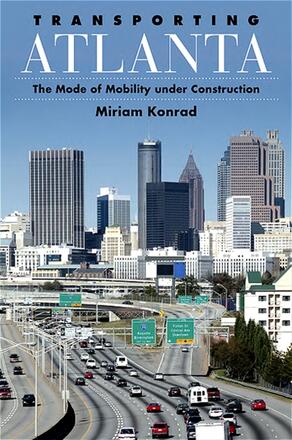
Transporting Atlanta
The Mode of Mobility under Construction
Examines the dynamics of Atlanta’s transportation crisis.
Description
America's worsening nightmare of gridlock is given full attention in this illuminating study of the transportation crisis in Atlanta. Inconveniences and hardships created by too many automobiles and too few alternatives for movement have reached untenable levels. Miriam Konrad investigates three major transportation projects involving public transit and use of space issues in the Atlanta area: the Metropolitan Atlanta Rapid Transit Authority (MARTA), the bus and rail system that has been the backbone of metropolitan Atlanta's public transportation system for the past thirty years; the Georgia Regional Transportation Authority (GRTA), a superagency created in 1999 to address air quality issues in the region; and the Belt Line, a popular proposal to build a twenty-two-mile loop of greenspace, transit, and other amenities around an inner loop of the city on existing rail beds. She reveals how gridlock, over regional transportation policy and procedures, has emerged out of the competition between growth promoters, environmentalists, and social justice actors.
Miriam Konrad is Lecturer of Sociology at Georgia State University.